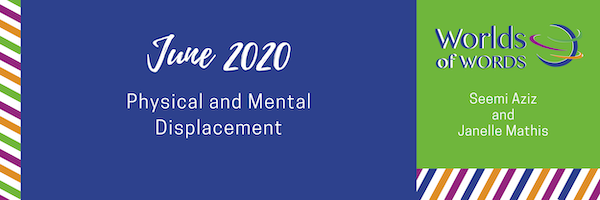 By Seemi Aziz, The University of Arizona, Tucson, AZ and Janelle B. Mathis, University of North Texas, Denton, TX
By Seemi Aziz, The University of Arizona, Tucson, AZ and Janelle B. Mathis, University of North Texas, Denton, TX
As we read contemporary stories about immigration, developing identity, bullying, children facing inequities and challenges in their families, schools, communities, and many other social issues that serve to give voice through story to children everywhere, we see that displacement is a theme woven throughout these stories. Both physical and mental displacement are experiences not uncommon to all young people since the world ‘displacement’ implies being removed from that which is known, comfortable, or expected. If approached in a way that points to the many aspects of displacement that align with everyday experiences, as well as to those experiences that are the result of conflict, trauma or conditions out of the control of the child, these characters can reveal personal attributes that support actions, decisions, and personal perspectives in times of displacement. Such attributes are demonstrations of resiliency and agency in the face of challenge.
In the past few months, globally, both children and adults have been dealing with a variety of forms of displacement–removed from their daily workplaces, activities, interactions with others, and even how they attend to everyday needs. The displacement as a result of the COVID-19 pandemic involves both mental and physical challenges, and yet, we need reminders that these can be met critically, creatively, and successfully. Therefore, this month, we wanted to respond to books that reveal children placed in situations of displacement with the hope that the way in which they handle their situations reflects attributes and actions that speak in hopeful ways to the challenges of readers. For the first two weeks, we will share a novel each week in which a global context reveals children dealing with extreme situations of displacement. In the following weeks, we will suggest other books, inclusive of picture-books, that provide diverse perspectives and situations around the topic of displacement–books that examine displacement in everyday situations and for varied ages of readers.
 Continue reading →
Continue reading →
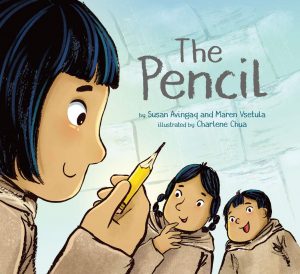 The world economic crisis due to COVID-19 has left many unemployed. Newscasts report on long lines of people waiting to enter food banks or receive relief supplies. Then they report on the latest bankruptcy and use terms that hearken back to the Great Depression. Most of us know someone who has suffered from the economic downturn, which, in turn, creates anxiety in the rest of us.
The world economic crisis due to COVID-19 has left many unemployed. Newscasts report on long lines of people waiting to enter food banks or receive relief supplies. Then they report on the latest bankruptcy and use terms that hearken back to the Great Depression. Most of us know someone who has suffered from the economic downturn, which, in turn, creates anxiety in the rest of us.

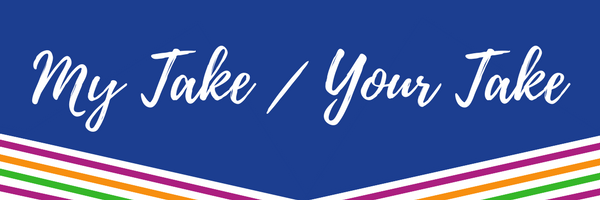

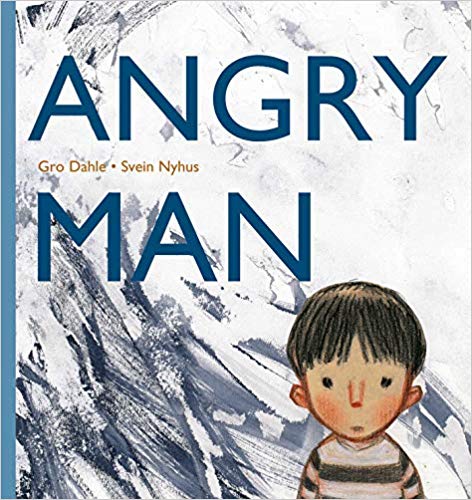 This past week, I was at my local grocery store, masked and intent on finding the items on my list. As I swung around the corner with my buggy (obeying the one way directional arrows on the floor), a young man walked toward me, clearly not obeying the directional arrows. Furthermore he was not wearing a mask (required in all buildings in the state of Illinois). I was ticked–why did he think he could skip the mask, not follow the arrows telling him where to walk, and endanger my health??? For a moment I debated asking about his required mask, but I quickly dropped the idea and ignored him. My anger was safely bottled up and shared only with people as we discussed behaviors that keep us safe. But that is not the case for many across the country, as people express their anger at racism, the pandemic restrictions and any other big or little thing that has happened (e.g., the sun was too bright; my internet crashed yet again). Understandably, we are reacting to the tension of the difficult past months and an unknown future. As adults, we struggle to remain calm and not overreact. If we ourselves are learning how to express our frustrations in this new time, it points to the necessity of helping kids express and deal with their strong emotions, particularly the focus this week: anger.
This past week, I was at my local grocery store, masked and intent on finding the items on my list. As I swung around the corner with my buggy (obeying the one way directional arrows on the floor), a young man walked toward me, clearly not obeying the directional arrows. Furthermore he was not wearing a mask (required in all buildings in the state of Illinois). I was ticked–why did he think he could skip the mask, not follow the arrows telling him where to walk, and endanger my health??? For a moment I debated asking about his required mask, but I quickly dropped the idea and ignored him. My anger was safely bottled up and shared only with people as we discussed behaviors that keep us safe. But that is not the case for many across the country, as people express their anger at racism, the pandemic restrictions and any other big or little thing that has happened (e.g., the sun was too bright; my internet crashed yet again). Understandably, we are reacting to the tension of the difficult past months and an unknown future. As adults, we struggle to remain calm and not overreact. If we ourselves are learning how to express our frustrations in this new time, it points to the necessity of helping kids express and deal with their strong emotions, particularly the focus this week: anger. 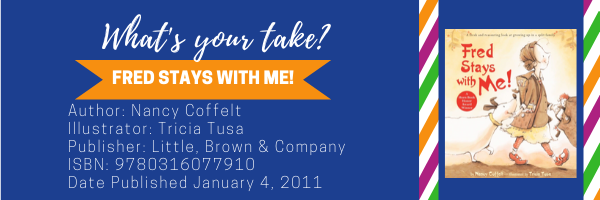
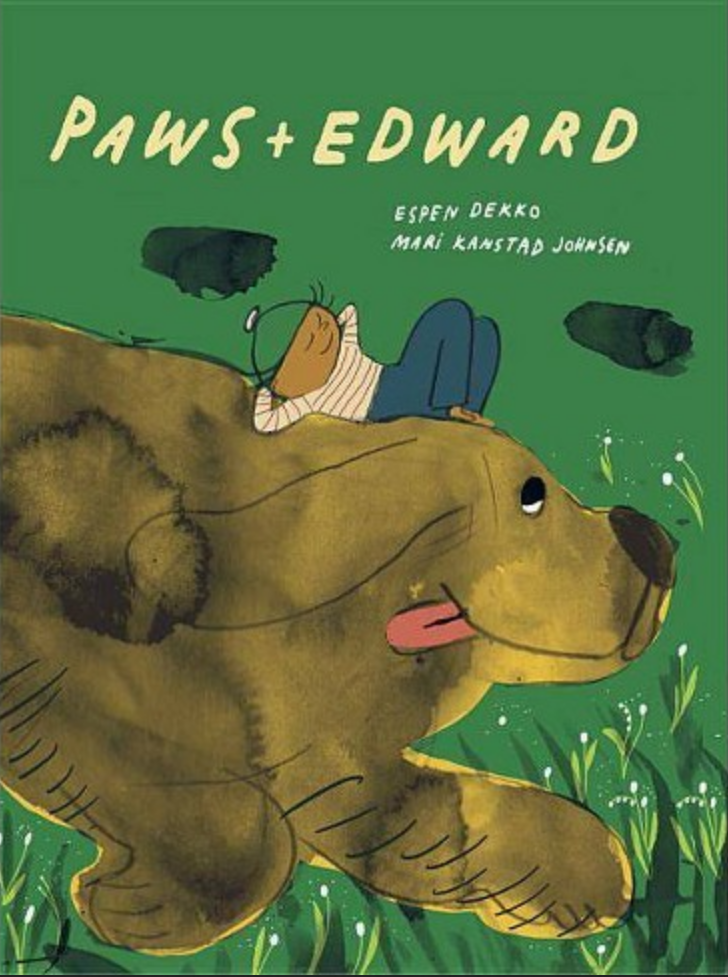 These past few months have given us plenty of big issues to think about with children. The pandemic has impacted daily life in families, communities, the economy and what the future looks like. If that is not enough, we are now grappling with overt racism as we hear of prejudice against Asian-Americans and police brutality towards African Americans. Immigration policy and deportations have taken a back seat in the news to race riots. The daily news has created fear and anxiety.
These past few months have given us plenty of big issues to think about with children. The pandemic has impacted daily life in families, communities, the economy and what the future looks like. If that is not enough, we are now grappling with overt racism as we hear of prejudice against Asian-Americans and police brutality towards African Americans. Immigration policy and deportations have taken a back seat in the news to race riots. The daily news has created fear and anxiety. 
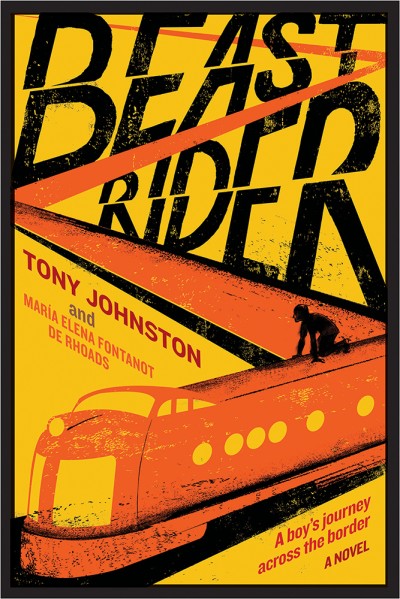 The clear voice of Manuel narrates his powerful story of how, as a 12-year-old, he left his family in Oaxaca, Mexico to join his older brother, Toño. In Beast Rider by Tony Johnston and Maria Elena Fontanot de Rhoads, Toño has gone North to Los Angeles on the freight trains know as the Beast. “The Beast is a network of freight trains that move from southern Mexico to the U.S. border. La Bestia is a deadly way to travel. Getting on and staying on are hard in themselves. Sometimes a rider goes to sleep and falls from the train, to be maimed or killed. … Gangs swarm the tops of train cars looking for victims” (from the Authors’ Note).
The clear voice of Manuel narrates his powerful story of how, as a 12-year-old, he left his family in Oaxaca, Mexico to join his older brother, Toño. In Beast Rider by Tony Johnston and Maria Elena Fontanot de Rhoads, Toño has gone North to Los Angeles on the freight trains know as the Beast. “The Beast is a network of freight trains that move from southern Mexico to the U.S. border. La Bestia is a deadly way to travel. Getting on and staying on are hard in themselves. Sometimes a rider goes to sleep and falls from the train, to be maimed or killed. … Gangs swarm the tops of train cars looking for victims” (from the Authors’ Note). 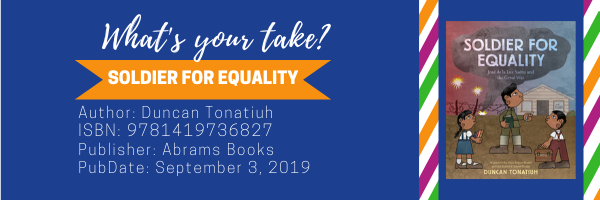
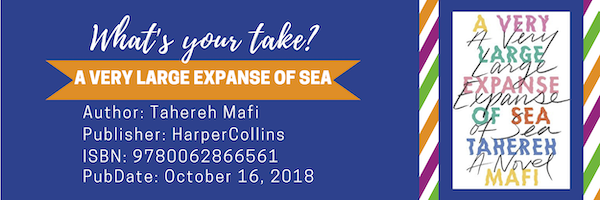
 By Seemi Aziz, The University of Arizona, Tucson, AZ and Janelle B. Mathis, University of North Texas, Denton, TX
By Seemi Aziz, The University of Arizona, Tucson, AZ and Janelle B. Mathis, University of North Texas, Denton, TX
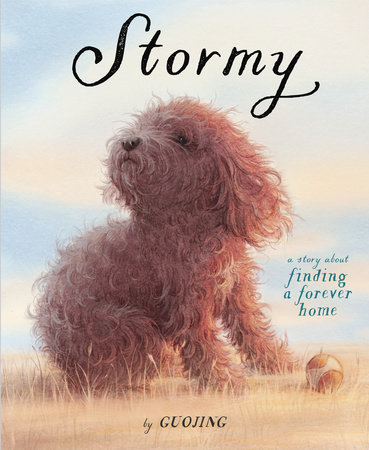 Stormy, by Chinese author/illustrator Guojing, captures attention from a first look at its cover: a small, curly-haired dog and his ball created in soft hues with pencil and watercolor. The assumption can easily be that this is another lovely dog story, potentially appealing to both young and old. However, opening this book reveals a visual narrative whose art goes beyond just “another dog story.”
Stormy, by Chinese author/illustrator Guojing, captures attention from a first look at its cover: a small, curly-haired dog and his ball created in soft hues with pencil and watercolor. The assumption can easily be that this is another lovely dog story, potentially appealing to both young and old. However, opening this book reveals a visual narrative whose art goes beyond just “another dog story.”